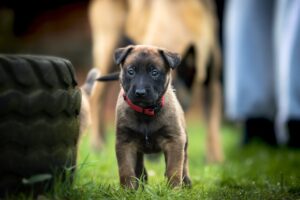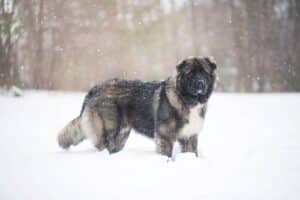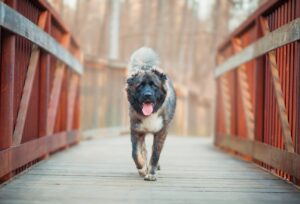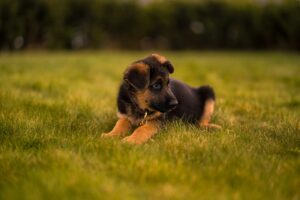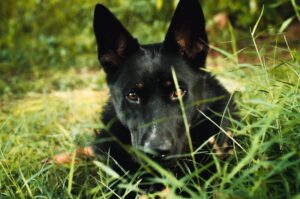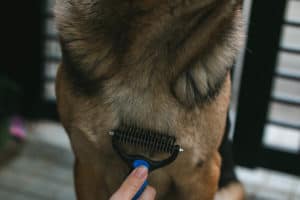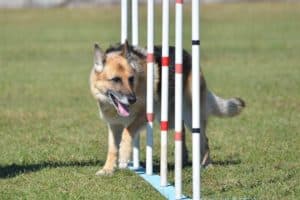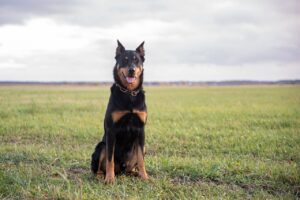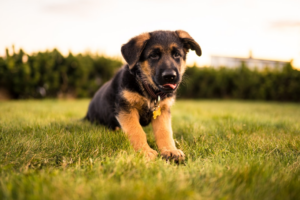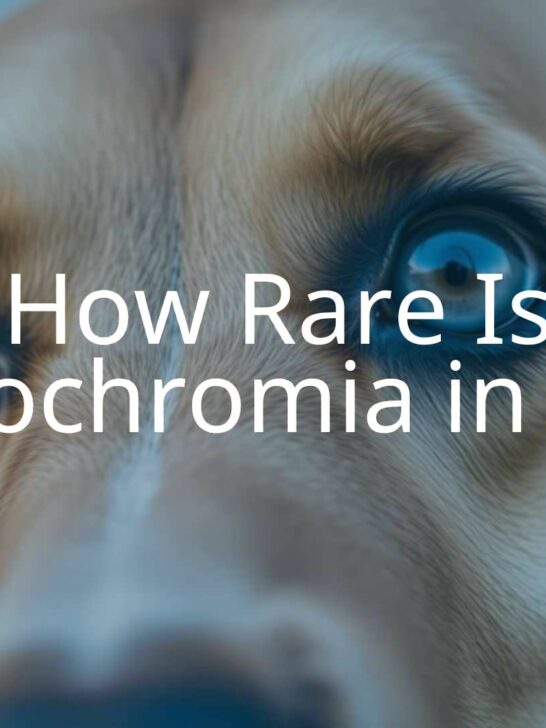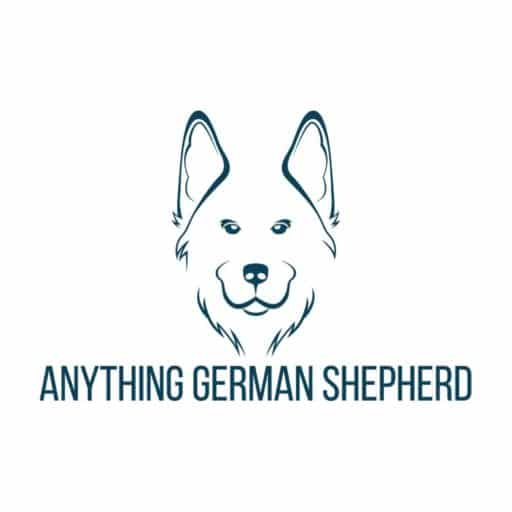What Does a Seizure Look Like in a Dog?
Seeing your dog have a seizure can be very upsetting, especially if it’s your first time. But knowing what a seizure looks like in dogs is important so you can stay calm and do the right thing to help your pet. Dog seizures happen because of a sudden, uncontrolled burst of electrical activity in the brain. They can look very different from one dog to another, sometimes with very small signs and other times with full-body shaking. Knowing what to look for helps you get your pet the care they need from a vet as soon as possible.

What does a seizure look like in a dog?
Seizures in dogs don’t always look dramatic or obvious. Some are easy to miss while others are more severe. The symptoms you see mostly depend on what part of your dog’s brain is affected. Watching closely and noting what you see can help your vet figure out what’s going on and how to treat it.
Physical Signs and Movements to Watch For
The most usual type of seizure, called a generalized seizure, often comes with these signs:
- Strong, uncontrolled shaking or spasms (convulsions)
- Sudden collapse or falling over
- Stiff legs and body, sometimes with all limbs stretched out
- Paddling movements with the legs (like “swimming” in the air)
- Losing control of bladder or bowels (peeing or pooping)
Changes in Eyes, Mouth, and Limbs
- Heavy drooling or foaming at the mouth
- Mouth making chewing or chomping motions (“chewing gum” sign)
- Eyes rolling back or seeming “blank”
- Looking dazed or unconscious
- Facial twitching or repeated movements (eyelids, lips, or ears)
If only one part of the brain is affected (a “focal” seizure), you might just see these kinds of movements in the face or one limb rather than the whole body.
Sounds During a Seizure
- Whining, barking, or howling
- Heavy breathing or gasping
These noises can be scary, but they are often part of the seizure because of involuntary muscle movements in the chest and throat.
Strange Behaviors Before, During, and After a Seizure
| Phase | What You Might Notice |
|---|---|
| Before (Aura) | Restlessness, anxiety, pacing, clinginess, staring off, disorientation |
| During | Unresponsive, falls over, shakes, paddles, makes noises, does not follow commands |
| After | Tired, dull, wobbly, restless, thirsty, hungry, confused, trouble standing, sometimes temporary blindness or paralysis |
After a seizure, your dog might be very tired, thirsty, or act a bit odd. This can last anywhere from a couple of minutes to several hours. If your dog seems very aggressive or more confused than usual for a long time, call your vet. Make sure to offer water and wait a bit before giving food.
Types of seizures in dogs
Not all seizures are the same. It helps to know the main types to describe them to your vet for proper diagnosis and care.
Generalized (Grand Mal) Seizures
This seizure type involves the whole brain. Common signs are:
- Falling over
- Body and legs becoming stiff
- All limbs jerking or “paddling”
- Losing control of bowels/bladder and drooling
These seizures can last from seconds to a few minutes, usually followed by tiredness or confusion. Some forms are less noticeable but may still involve loss of awareness or a “blank” look.
Focal (Partial) Seizures
With these, only one part of your dog’s body is affected. Examples include:
- Twitching in one limb or side
- Odd head movements
- Repeated lip licking or face twitching
- Snapping at the air (“fly biting”)
- Possible odd behavior or being spaced out
These can happen without your dog losing consciousness. Some focal seizures can become full-body (generalized) seizures if they get worse.
Cluster Seizures
Cluster seizures mean your dog has more than one seizure in a 24-hour period. The dog partly recovers between each seizure. Having seizures close together can be dangerous and needs vet care right away to avoid complications.
Status Epilepticus
Status epilepticus is very serious. This is when a seizure lasts longer than five minutes, or when there are several seizures in a row without the dog waking up in between. This can lead to overheating, brain damage, and even death if not treated immediately. If this happens, go to the vet or emergency animal clinic right away.
What can look like a seizure but isn’t?
Sometimes other problems or behaviors might look like seizures. It helps to know about these to avoid confusion and make the right choices for your dog.
Syncope (Fainting)
- Sudden collapse and loss of consciousness
- Body goes limp instead of stiff or shaking
- Recovers very quickly, usually in seconds
- No shaking, paddling, or confusion afterwards
Fainting is usually caused by heart problems or low blood pressure, not electrical activity in the brain. Dogs regain alertness right away and don’t have a long recovery like after a seizure.
Tremors and Muscle Spasms
- Body or limb shaking from cold, pain, fear, or excitement
- Dog is still awake and responsive
- No loss of bladder or bowel control
If your dog is aware and responds to you, it’s more likely to be a tremor than a seizure. Some health problems can cause muscle tremors, but your dog doesn’t act confused or unaware.
Dreaming and Odd Behaviors
- Twitching, running, or paddling while sleeping (dreaming)
- Noises during sleep
- Can be woken up easily
Dogs often move around in their sleep or twitch when dreaming. Unlike a real seizure, you can usually wake your dog up, and they act normal soon afterward. Some strange behaviors while awake (like sudden running, confusion, or repetitive actions) might be mistaken for seizures, especially in certain breeds. Try to record the episode for your vet-the video can help figure out if it’s a seizure or not.
If you are ever unsure, it’s always a good idea to call your veterinarian and discuss what you have observed. They can give you advice on what to do next and if your dog needs to come in for a checkup.

